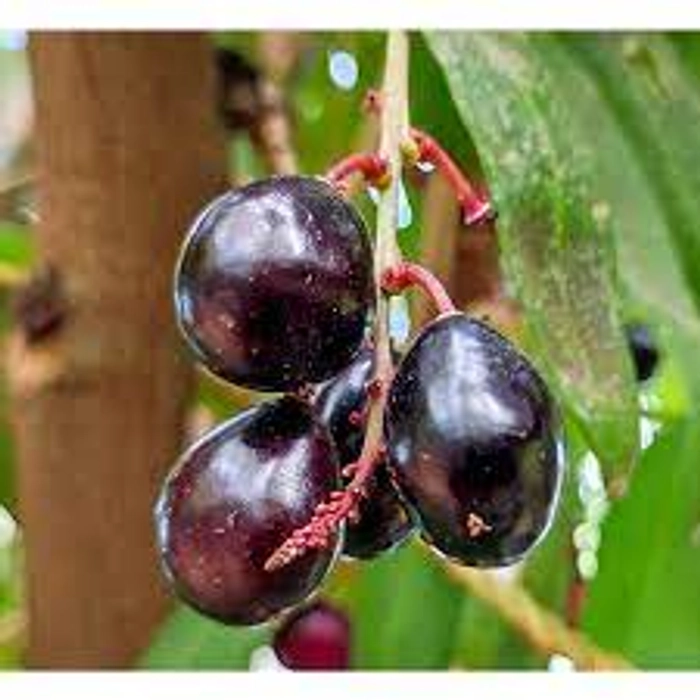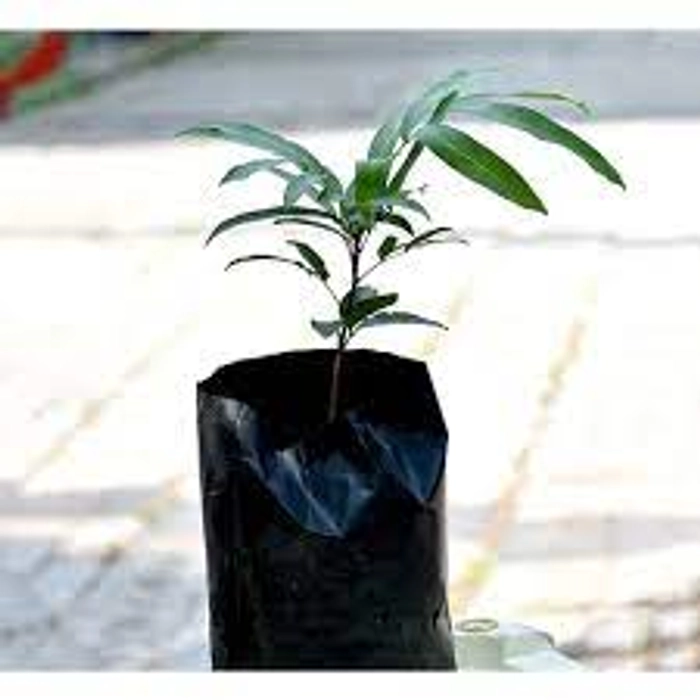Chamaliang Live Plants (Lepisanthes Fruticosa)
Product description
Lepisanthes is a genus of flowering plants in the soapberry family, Sapindaceae. The genus includes various species of trees and shrubs, some of which are native to Southeast Asia, India, and other tropical regions. One common species within this genus is Lepisanthes alata, which is also known by its common name "Chamaliang" or "Cham-alang."
Here is a general description of Lepisanthes (Chamaliang):
-
Appearance: Lepisanthes species are typically small to medium-sized trees or shrubs. They often have a dense canopy with pinnately compound leaves.
-
Leaves: The leaves of Chamaliang plants are usually alternate and composed of several leaflets. The leaflets may vary in size and shape depending on the species.
-
Flowers: Lepisanthes plants produce small, inconspicuous flowers that are often greenish or pale in color. The flowers are usually borne in panicles or clusters.
-
Fruits: The fruit of Chamaliang plants is a drupe, which means it is a fleshy fruit with a single seed enclosed by a hard, woody endocarp. The size and color of the fruit can vary between species.
-
Distribution: Lepisanthes species are primarily found in tropical and subtropical regions of Asia, including Southeast Asia and India. They are often cultivated for their edible fruits or used in traditional medicine.
-
Uses: The fruits of some Lepisanthes species are edible and are consumed by people in the regions where they grow. The leaves and bark of some species may also have medicinal properties and are used in traditional herbal remedies.
Please note that the specific characteristics of Chamaliang (Lepisanthes) can vary depending on the exact species within the genus. If you are looking for information about a particular species of Lepisanthes, it would be helpful to know the scientific name or any distinctive features to provide a more accurate description.
✦
You might like these
✦










